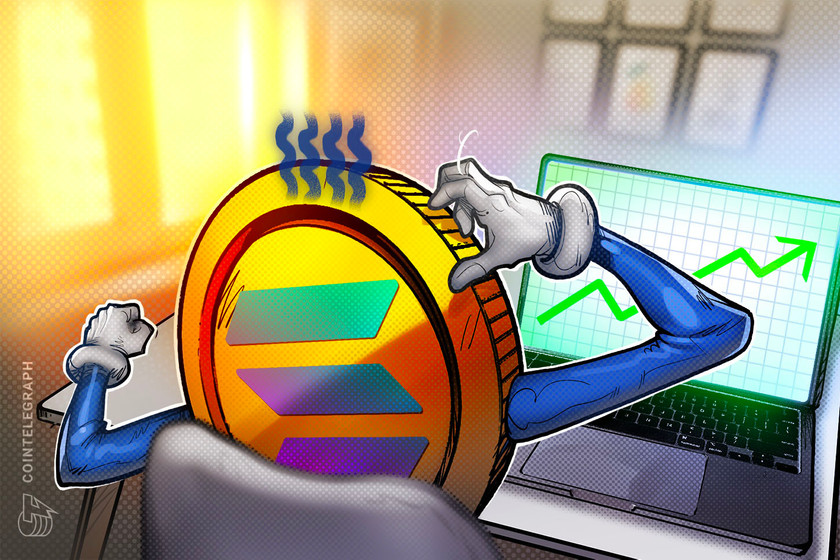
Solana’s monthly DEX volume surpasses $100 billion for the first time, fueled by high network activity and the memecoin frenzy.
Solana native token SOL surged 61.5% between Nov. 5 and Nov. 22, hitting new all-time highs at $263. This rally mirrored broader altcoin gains, which rose by 58% as Bitcoin nearly reached the $100,000 milestone.
The bullish momentum is mostly attributed to President-elect Donald Trump’s win in the just concluded 2024 US Presidential election and a surge in Solana network metrics as the memecoin frenzy returns. This has resulted in multiple Solana onchain indicators reaching record highs, with the latest being the monthly decentralized exchange (DEX) volumes.
Layer-1 blockchain Solana (SOL) has clocked record-breaking DEX volume on multiple timeframes, according to data from DefiLlama.







































